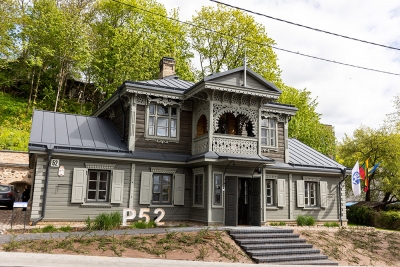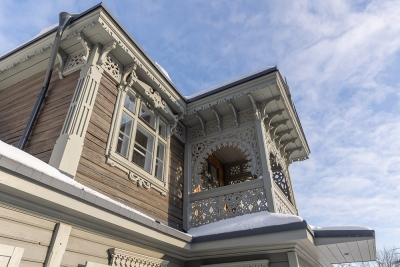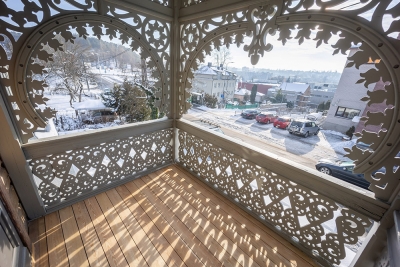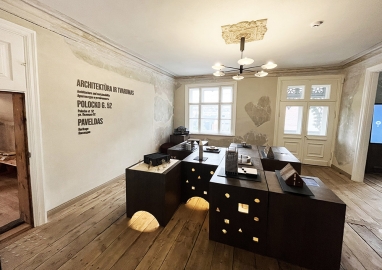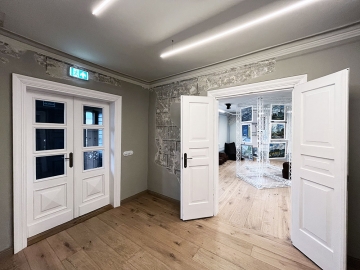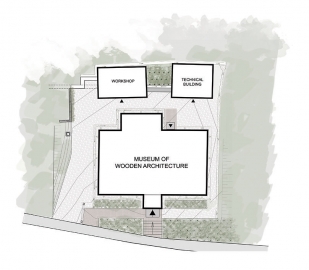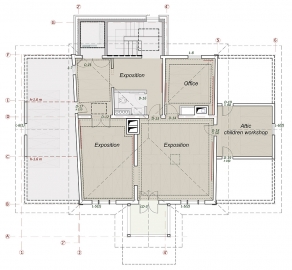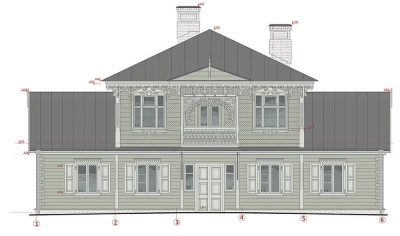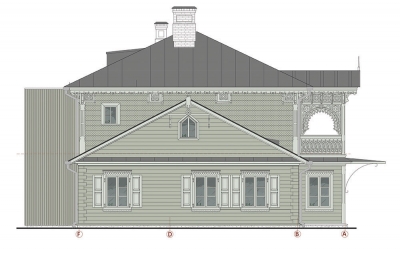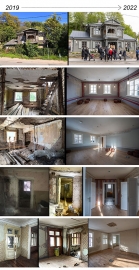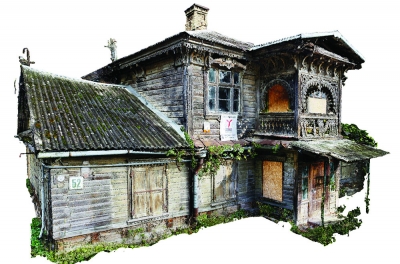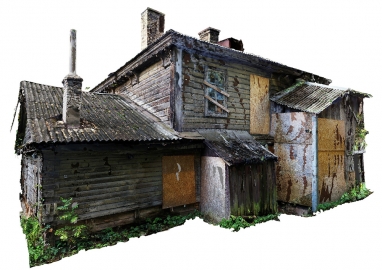Museum of Urban Wooden Architecture
Wooden building in Polocko st. 52 is considered one of the most beautiful historical wooden buildings in Vilnius. It was abandoned for decades which has led to a significant deterioration in the condition of the building. In 2019 Vilnius City Municipality decided to establish a new cultural institution - the Museum of Urban Wooden Architecture.
While establishing the Museum, it was decided that the most important and valuable exhibit is the building itself, therefore restoration and management of the building have been carried out with the utmost care and attention, in order to preserve the authenticity of the object as much as possible. The work was carried out by the best specialists in Lithuania: woodworkers, polychrome researchers and restorers. The goal of the project was to create a cultural infrastructure in Vilnius that meets the needs of contemporary society, by establishing a new Museum of Urban Wooden architecture, that will present creative exhibitions to stimulate interest in and love for wooden urban architecture.. MUWA connects the past, present and future of urban wooden architecture and reveals wooden architecture as an integral part of the sustainable and environmentally friendly city.
The house built in the 19th century is an example of wooden urban architecture with unique wooden carvings on the façade. There are no other wood carvings of this level in Vilnius. From an artistic point of view, the building is original and unique, preserving authentic materials and forms. It is a testimony to the tastes, needs, capabilities and skills of the builders of the late 19th century. The unique decoration distinguishes the building from other residential wooden buildings of the time, giving it the character of a suburban residence.
The building is a valuable monument of wooden architecture, historically, culturally and architecturally significant. MUWA is innovative in terms of sustainability as the Museum promotes wooden architecture as a sustainable, environmentally friendly and integral part of the contemporary city. At the same time, MUWA leads by example by introducing the example of successful and sustainable restoration and rebranding of historical wooden houses as well as working with the awareness-raising of Vilnius citizens by promoting and revealing the aesthetics of historic wooden architecture heritage.
During the restoration works, 80% of the building's exterior decoration elements and 70% of the building's authentic walls and structures were preserved, and the building's interior wall decoration was conserved and restored in accordance with the results of the polychrome research. In order to reduce the use of new materials, the specialists replaced the elements of the building that did not survive (e.g. some doors and windows) with elements from other demolished wooden buildings. Carpenters and craftsmen, who worked with the wooden structures and elements have cultural heritage preservation certificates and work by using traditional building and crafting technologies, preserved over time.
One of the complex technical issues that had to be addressed during the project was the heating of the second floor of the building. Due to the survival of the authentic floors of the second-floor rooms, the underfloor heating chosen for the ground floor could not be installed, therefore a new solution was chosen: heating and cooling panels installed in the walls and ceiling of the rooms. Panels are installed in the walls without damaging the authentic decor elements.

